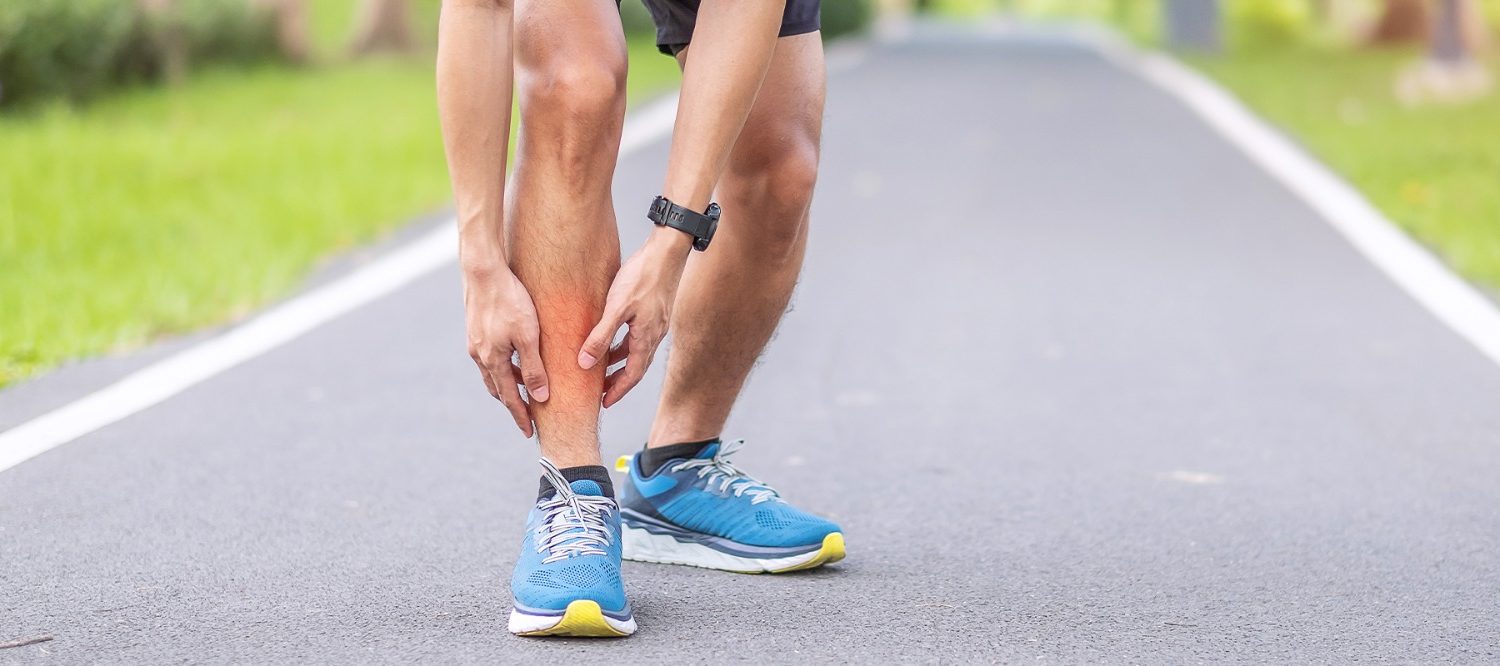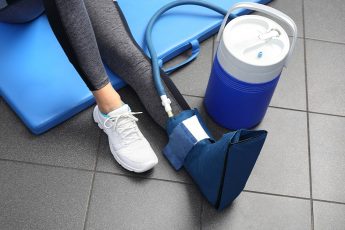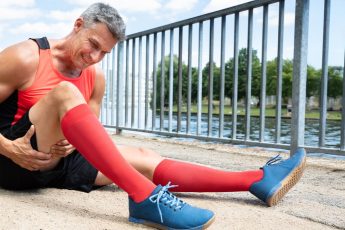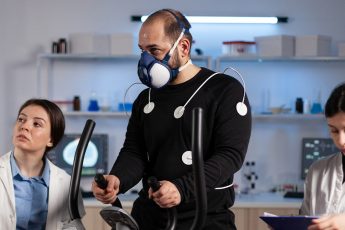
Shin Splints: Causes, Symptoms, and Smart Recovery Tips for Runners
Shin Splints: The Runner’s Wake-Up Call
If you’ve ever picked up running again after a long break or tried to push yourself a little harder than usual at the gym, you might be familiar with that annoying, sometimes sharp pain in your lower legs. It usually starts gradually and then sticks around like an uninvited guest. That, in simple terms, is what people call shin splints.
The pain can make you rethink your morning jogs or even question if you’re cut out for exercise at all. But don’t worry—shin splints are common, manageable, and usually not a sign of anything serious. Still, they’re your body’s way of asking for a little more care and attention.
What Are Shin Splints?
To put it plainly, shin splints are pain along the shin bone—the big bone at the front of your lower leg. The discomfort tends to show up when the muscles and tissues around the shin get overworked. This often happens if you’ve been doing a lot of running, jumping, or even just walking more than usual.
It’s especially common if you’ve made a sudden change in your activity. Maybe you started running on roads instead of grass. Maybe you joined a new HIIT class. Maybe you didn’t change anything at all except that you finally started being consistent with your workouts. Whatever the case, your shins noticed.
Why Do Shin Splints Happen?
A few reasons. Sometimes it’s the shoes. Sometimes it’s the surface you’re running on. Sometimes it’s your training habits. Often, it’s a mix of everything.
Here are some of the most common triggers:
Doing too much, too soon – If you go from zero to hero with your workouts, your body won’t thank you.
Worn-out shoes – When the cushioning breaks down, your legs take the hit.
Running on hard or uneven surfaces – Concrete sidewalks and hilly trails can both be tough on your legs.
Poor foot mechanics – Flat feet, high arches, or just the way your feet land can affect how the muscles around your shins work.
Lack of strength or flexibility – Tight calves or weak hips can throw things out of balance.
It’s important to know that shin splints aren’t just for athletes. They can affect anyone—from weekend walkers to people starting out on their weight-loss journey. If your legs aren’t used to repeated impact, they’re going to complain.
What Does It Feel Like?
Most people describe shin splints as a dull ache or sharp pain along the front of the lower leg. You might feel it at the start of a workout, and it may ease off as you warm up—only to return later, sometimes worse.
In more stubborn cases, the pain sticks around even when you’re not exercising. Going downstairs, walking to your car, or just standing at work can all become uncomfortable.
So, What Should You Do?
The first and best thing you can do? Pause.
This isn’t about quitting exercise forever. It’s about giving your legs a break so they can recover. Here’s what helps most people:
Rest – Take a few days off or switch to low-impact activities like swimming or cycling.
Ice – A cold pack on your shins for 15–20 minutes a few times a day can help with pain and swelling.
Footwear check – Are your shoes old? Are they right for your foot type? Sometimes switching to more supportive shoes makes a huge difference.
Stretch and strengthen – Tight calves and weak hip muscles often play a role. Gentle stretching and basic strength exercises can help restore balance.
Most importantly, don’t try to push through the pain. Shin splints are your body’s way of saying something isn’t quite right. If you ignore it, you risk turning a small issue into a bigger one, like a stress fracture, which can take months to heal.
How Long Does It Take to Heal?
For most people, shin splints get better in a few weeks with proper care. But the timeline depends on how bad the pain is and how well you stick to resting and recovery.
The key is not to rush. Even if the pain starts to fade, don’t jump right back into your old routine. Ease into it. Walk before you run. Literally.
How to Stop Them From Coming Back
Once your shins have healed, you’ll want to keep them that way. Here’s how to prevent shin splints in the future:
Increase workouts gradually – Stick to the “10% rule”: don’t increase your distance or intensity by more than 10% per week.
Vary your workouts – Mix in some strength training, yoga, or swimming to reduce repetitive stress on your legs.
Choose your surfaces wisely – Whenever possible, run on softer ground like grass or a track.
Replace shoes regularly – Running shoes typically wear out after 500–800 kilometers. If you’re running regularly, keep an eye on your condition.
Final Thoughts
Shin splints are frustrating, no doubt. But they’re also fixable. They don’t mean you’re not cut out for exercise, and they don’t mean you have to stop moving forever. In fact, most people who get them bounce back stronger because they learn how to train smarter.
Listen to your body. Slow down when it asks you to. And remember: fitness is a long game. There’s no medal for ignoring pain.
If you’re not sure whether your pain is just shin splints or something more, it’s always okay to get it checked out. A little guidance from Adam Vital Hospital’s Sports Medicine Department can save you a lot of trouble later.



